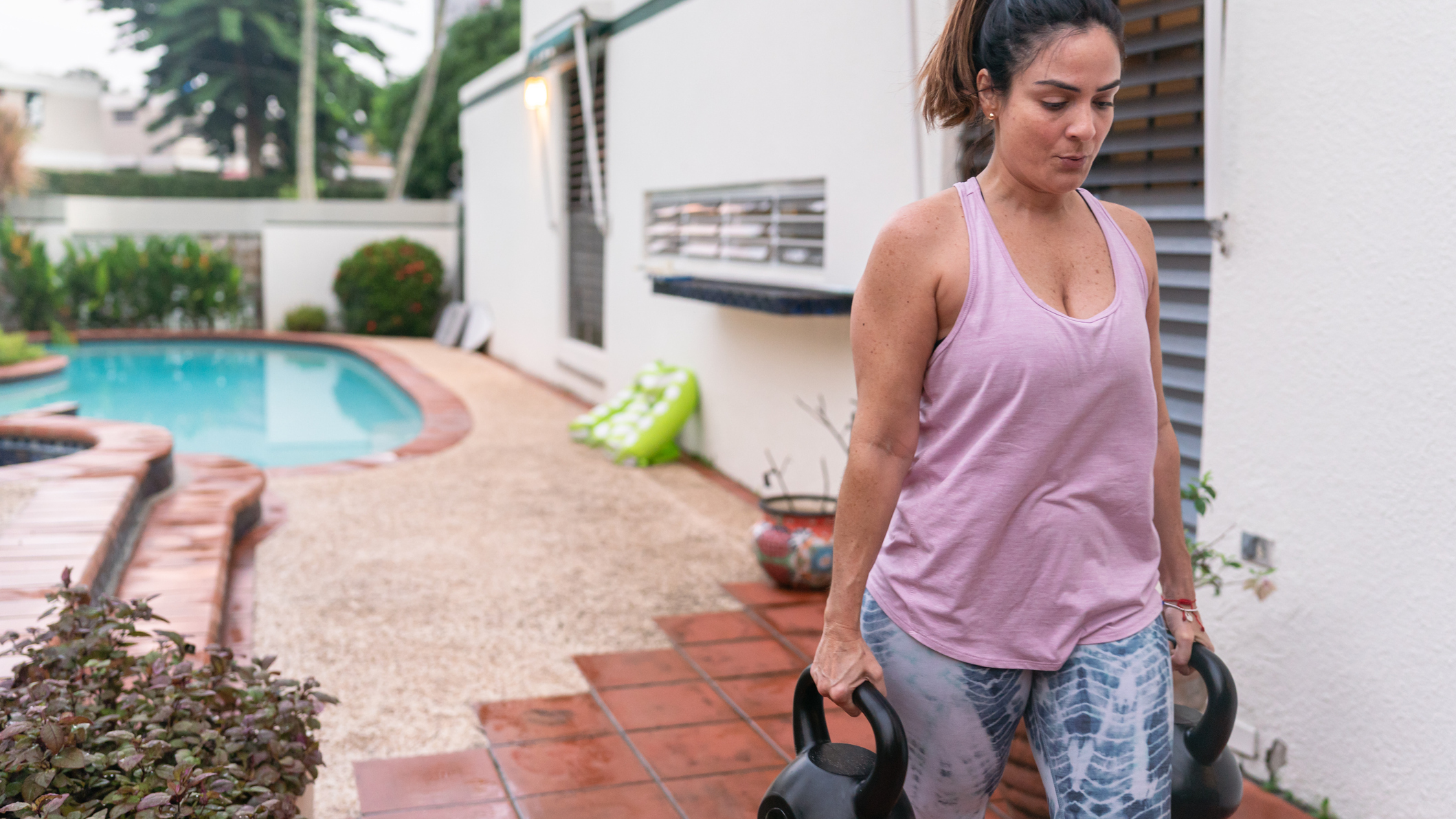A Physical Therapist Recommends Ditching Sit-Ups For This Type Of Exercise To Build Functional Core Strength
Lift heavier, move better and reduce your risk of injuries by strengthening your ‘usable core’

Many of us, myself included, started doing sit-ups in pursuit of a six-pack. As a teen, I’d do hundreds in my bedroom—then wonder why I wasn’t Schwarzenegger-level shredded a few days later.
More than a decade of training later, my fitness goals have changed. Now, I want a fit-and-functional body that can handle anything I throw at it, in and out of the gym, and my old sit-up-centric abs workouts no longer cuts the mustard.
Instead, my CrossFit coach has pointed me toward alternative core exercises, such as loaded carries. She’s not the only one who’s a fan of this type of movement.
“There’s a big difference between training your abs to show and training your abs to help you go,” the physical therapist Dr Aaron Horschig (aka Squat University) said in a recent Instagram video.
A post shared by Squat University (@squat_university)
A photo posted by on
According to Horschig: “Loaded carries are one of my favorite ways to build this usable core. You can perform them in easy, medium and hard versions, all of which challenge your body in the frontal plane.
“The real-world function of the core is to control spinal motion, and this is built with stability exercises. A strong core helps you get more power out of your arms and legs, have better posture and decrease your risk of injury when picking up loads,” he said.
This boosted stability can improve your form and performance on compound exercises like barbell squats and deadlifts, as well as helping you generate and transfer power more efficiently when playing sports, whether you’re throwing a football or swinging a racket.
Get the Coach Newsletter
Sign up for workout ideas, training advice, reviews of the latest gear and more.
The farmer’s walk is among the best-known loaded carries, but it’s far from the only option. Horschig suggests finding a version that’s a suitable difficulty for you and trying “a few sets of 30-second to 45-second walks”.
The farmer’s walk is a beginner option, a suitcase carry is an intermediate variation or, for an extra challenge, try the bottoms-up kettlebell carry. You can also adjust the weight you use for each exercise to increase or decrease the difficulty.
Try adding three sets of your chosen exercise to the end of your next strength training session for a comprehensive core workout.
Get help choosing the right kettlebell for you with our guide to the best kettlebells.

Harry covers news, reviews and features for Coach, Fit&Well and Live Science. With over a decade of training experience, he has tried everything from powerlifting to gymnastics, cardio to CrossFit, all in a bid to find fun ways of building a healthy, functional body.
